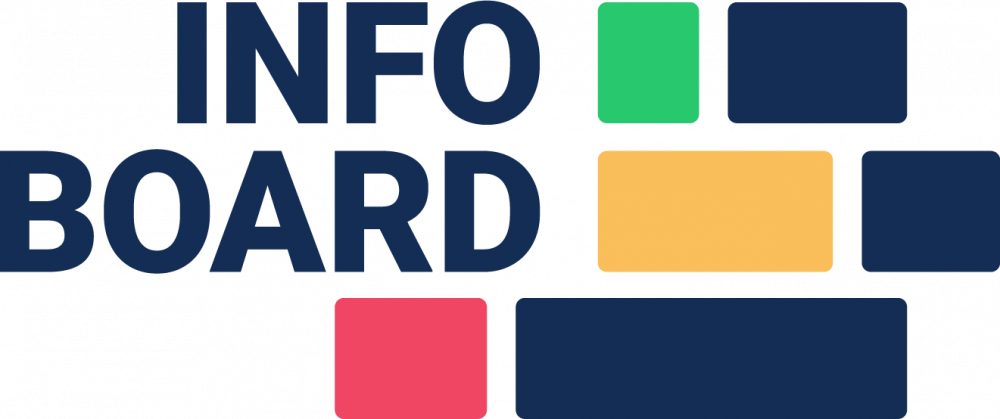An infoBoard partner in Europe asked me to help a prospective customer with his planning needs. It regarded constructing complex aluminium components for the train industry.
Thanks to the Austrians (see blog entry), infoBoard has backwards scheduling in its sample order system. But how can ten different sub-project tasks with different dependencies be planned backwards? Can the complex sequences be entered into the sample order form in a timely manner and be at all understandable?
Procedure: The ten different sub-projects are imported from Excel and a new planning board with all of the necessary resources and ten projects is created. I then solve the grouping of the sub-projects step by step, and integrate them into the first project with “Edit Object Group”. I can also set additional dependencies with the “Edit Predecessors” tool.
In Enterprise Edition, you can use the “Create sample order from object group” function. Right-click on the finished project group and choose this option, and a sample order with all dependencies of the ten projects will be created.

infoBoard Sample Order
Now I have the complex project listed in the sample order panel and can reverse plan this from the desired end date.

infoBoard backwards planning of sample orders
That is something we can do again and again. In this image, we can see a combination of both critical path representations (red lines on the planning diagram) and critical chain paths (CCPM).

infoBoard ‘Critical Path’ and ‘Critical Chain’ representation
Realistic deadlines with the resources available now appear.

infoBoard Production with several components
The planning board should appear without arrows for employees.

infoBoard Production with several components (without arrow connections)
These realistic deadlines are also needed, for example, in the food industry: numerous projects with project planning tools fail due to not taking into account holiday time. infoBoard can help here as well, because infoBoard records all projects.
But how can a project manager control a project, when they cannot see it alone? For example, with the ‘Print Gantt Diagram’ feature – now with the new object filter! With this, all other projects will be hidden from the planning board. Yet another advantage for realistic scheduling!
